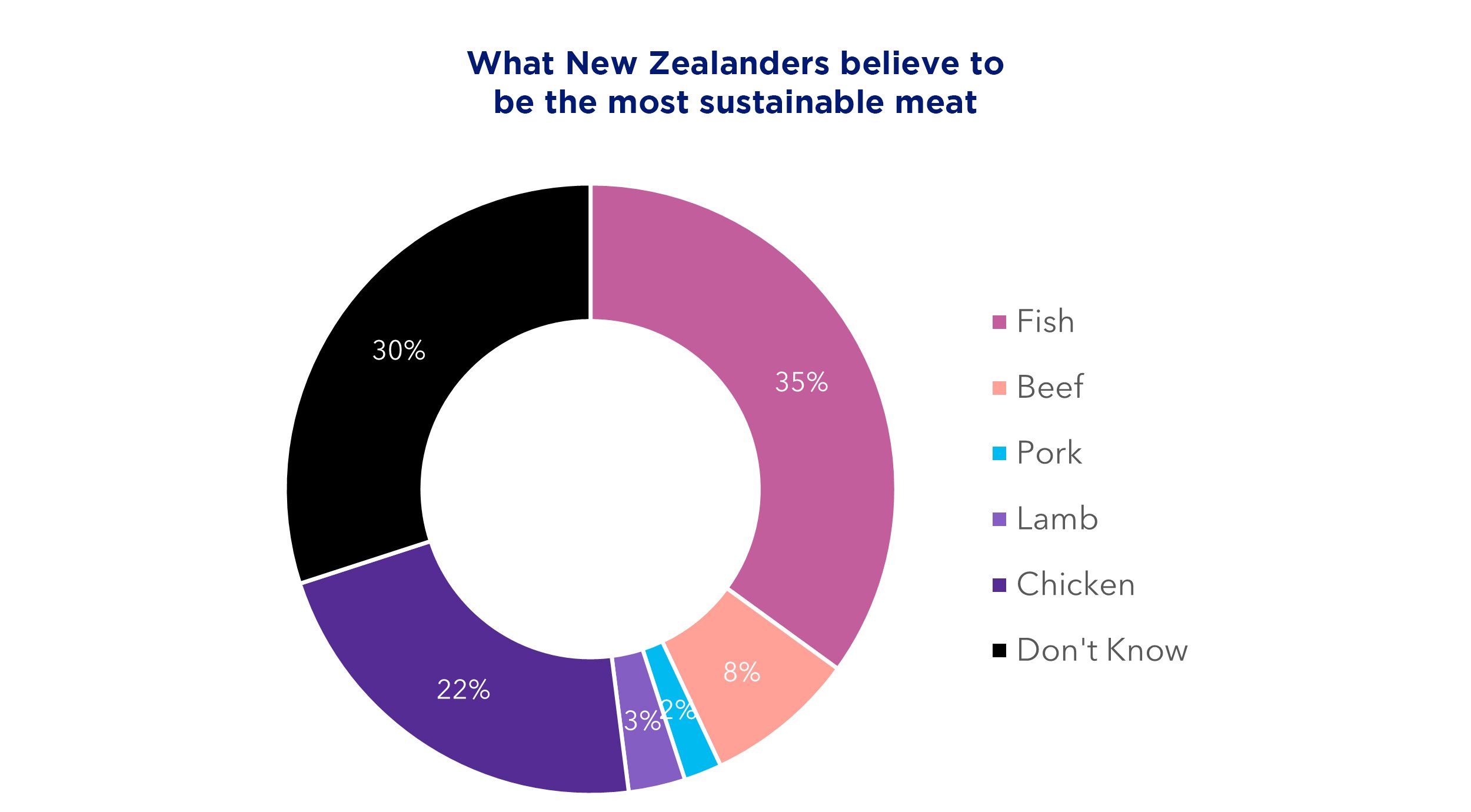68% of New Zealanders say they would eat more fish knowing it’s sustainable.*
Whether your business incorporates fish dishes occasionally, specialises in seafood, or operates in wholesale distribution, informing your customers about the nutritional and sustainable benefits of wild-caught fish will increase sales.
This guide will equip you and your team with key facts, information, and physical resources to tell customers about the environmental and health benefits of eating New Zealand wild-caught fish.
Retailer’s guide:
Nutritious and sustainable New Zealand seafood.
Get a free poster for your store.
Get a poster to show your customers the environmental and nutritional benefits of fish.
Get your free A3 glossy poster from us. Download it and print it yourself.
Kiwis will eat more fish, if you tell them how good it is.
Our recent research revealed that 65% of New Zealanders are unaware of the sustainability benefits associated with consuming local, wild-caught fish. Upon being informed, 68% of people were inclined to eat more fish.*
Even among individuals who typically do not consume fish, 24% of them said they were likely to increase their fish consumption. Similarly, when presented with the nutritional benefits, 68% were inclined to increase their consumption, including 23% of those who usually don’t eat fish.
It is up to you to tell people that fish is the perfect protein, because customers who feel better about eating fish will buy more.
New Zealand consistently ranks among the top five countries for sustainable fisheries management. NZ wild-caught fish is certified sustainable, and it’s also the lowest-emissions meat that money can buy.
Seafood offers a remarkable combination of proteins and nutrients, including n-3 fatty acids, vitamin D, Vitamin B12, iron, and zinc. ⁶
The Marine Stewardship Council (MSC) has given sustainable certification to wild-caught New Zealand Hake, Hoki, Ling, Orange Roughy, Southern Blue Whiting, Albacore Tuna, Skipjack Tuna, and Ross Sea Toothfish.
Fishing sustainable populations does not pose a threat to our ecosystems. However, climate change and pollution remain significant challenges for all of us.
The good news is that one serving of wild-caught New Zealand fish provides 20 times more key nutrients per unit of CO₂ than a serving of beef or lamb.⁷
Wild-caught New Zealand fish offers exceptional nutrition with minimal greenhouse gas emissions compared to other meat proteins. In fact, it provides approximately:
10 times more key nutrients per unit of CO₂ emissions than pork.
7 times more key nutrients than chicken.
22 times more key nutrients than beef.
Pelagic fish have higher nutrient density and lower greenhouse gas emissions compared to beef, pork, and chicken, while whitefish have a similar nutrient and emission profile to chicken.⁸


*Clarity Insight poll June 2023 of 1003 New Zealanders, reflective of national age and gender demographics. Commissioned by Seas Matter.


